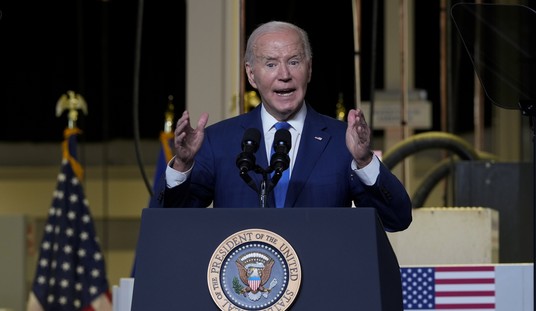The New York Times mobile app sent me a breaking news update Wednesday morning: "U.S. Economy Unexpectedly Contracted in Fourth Quarter." Based on high government third-quarter spending and government policies and politics occurring during the fourth quarter, the slowdown should come as no surprise.
The third quarter final gross domestic product growth was 3.1 percent. That relatively high number (compared to full year 2011 at 2 percent) was driven primarily by an increase in inventories and an increase in government spending. While the growth number was hailed by many as a reason to cheer, it had to have been too good to be true, and we learned on Wednesday that it was. It represented a fluke of timing -- not real growth.
This is evidenced by the fact that full year 2012 GDP was 1.5 percent. The third quarter uptick was an aberration that we made up for in the fourth quarter.
As for the fourth-quarter performance, the elections occurred in early November, just a third of the way through the quarter. With the re-election of President Obama, a Republican-held House of Representatives and a Democratic-controlled Senate, the only thing we could be sure of after the elections was that we were in for fights: a fight about tax policy, a fight about spending, a fight about regulations and uncertainty about funding our national debt (fiscal cliff, anyone?).
This uncertainty, along with the looming implementation of ObamaCare, does not create an environment that fosters rapid innovation, risk-taking and economic growth. Instead, it fosters careful planning and slow, baby steps -- if any steps at all.
Recommended
According to a news release issued Wednesday morning by the Bureau of Economic Analysis, "real gross domestic product (GDP) -- the output of goods and services produced by labor and property located in the United States -- decreased at an annual rate of 0.1 percent in the fourth quarter of 2012."
The last quarter's contraction was driven, in part, by shrinking inventories, lower government spending (primarily defense) and falling exports.
The highly inflated third-quarter numbers had to fall in the fourth quarter. But the real growth is a bit more complicated than that. If we could simply spend more money on the government side and make the economy grow stronger, shouldn't we do that? Well, not if we are borrowing to spend - which is exactly what we are doing.
Think of our nation's GDP as though it were our household income -- but with 30 percent of government spending (which is included in GDP) being paid for by government borrowing. If we want to really improve the GDP of our economy, we have to focus on the areas other than government spending.
Continually using deficit-driven government spending to shore up GDP is reminiscent of the character Wimpy in the cartoon "Popeye," who was continually pleading, "I'll gladly pay you Tuesday for a hamburger today." Let's call this urge to get something today and leave payment until later as Wimping out.
Using deficit-financed government spending to fuel economic growth is a timing issue. Eventually, the debt will have to be paid off, or inflation will have to occur, which would, in effect, monetize the debt, making each dollar less valuable and negatively affecting those who have been fiscally prudent and saved.
To really grow GDP -- and for a longer period than just the three months before an election -- we have to create an environment that fosters rapid innovation, risk taking and economic growth. This means an economic environment that is stable in both fiscal and monetary policy (business owners hate uncertainty because they cannot plan) and regulations that are streamlined to encourage innovation, risk taking and job creation.
In the end, driving growth through government spending that we have borrowed is simply wimping out.

























Join the conversation as a VIP Member